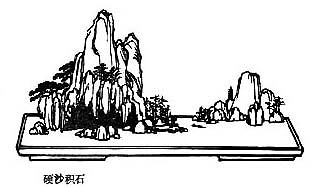孫
子
兵
法
Sun Zi 
 – The Art of War
– The Art of War
Chinese strategy explained : know yourself and the ennemy, use deception, spies, and "win with ease". Tr. Giles (en, annotated) and Amiot (fr).
The Attack By Fire
Rather more than half the chapter (SS. 1-13) is devoted to the subject of fire, after which the author branches off into other topics.
Sunzi XII. 11.
Move not unless you see an advantage; use not your troops unless there is something to be gained; fight not unless the position is critical.1
Giles XII.17.
La nécessité seule doit faire entreprendre la guerre. Les combats, de quelque nature qu'ils soient, ont toujours quelque chose de funeste pour les vainqueurs eux-mêmes ; il ne faut les livrer que lorsqu'on ne saurait faire la guerre autrement.
Amiot

The Art of War – Sun Zi XII. 11. – Chinese on/off – Français/English
Alias Sun Tzu, Sun Wu, Sun Tse, Sunzi Bingfa, Souen Tseu, Souen Wou, 孫武.
The Book of Odes, The Analects, Great Learning, Doctrine of the Mean, Three-characters book, The Book of Changes, The Way and its Power, 300 Tang Poems, The Art of War, Thirty-Six Strategies
Welcome, help, notes, introduction, table.
Index – Contact – Top
